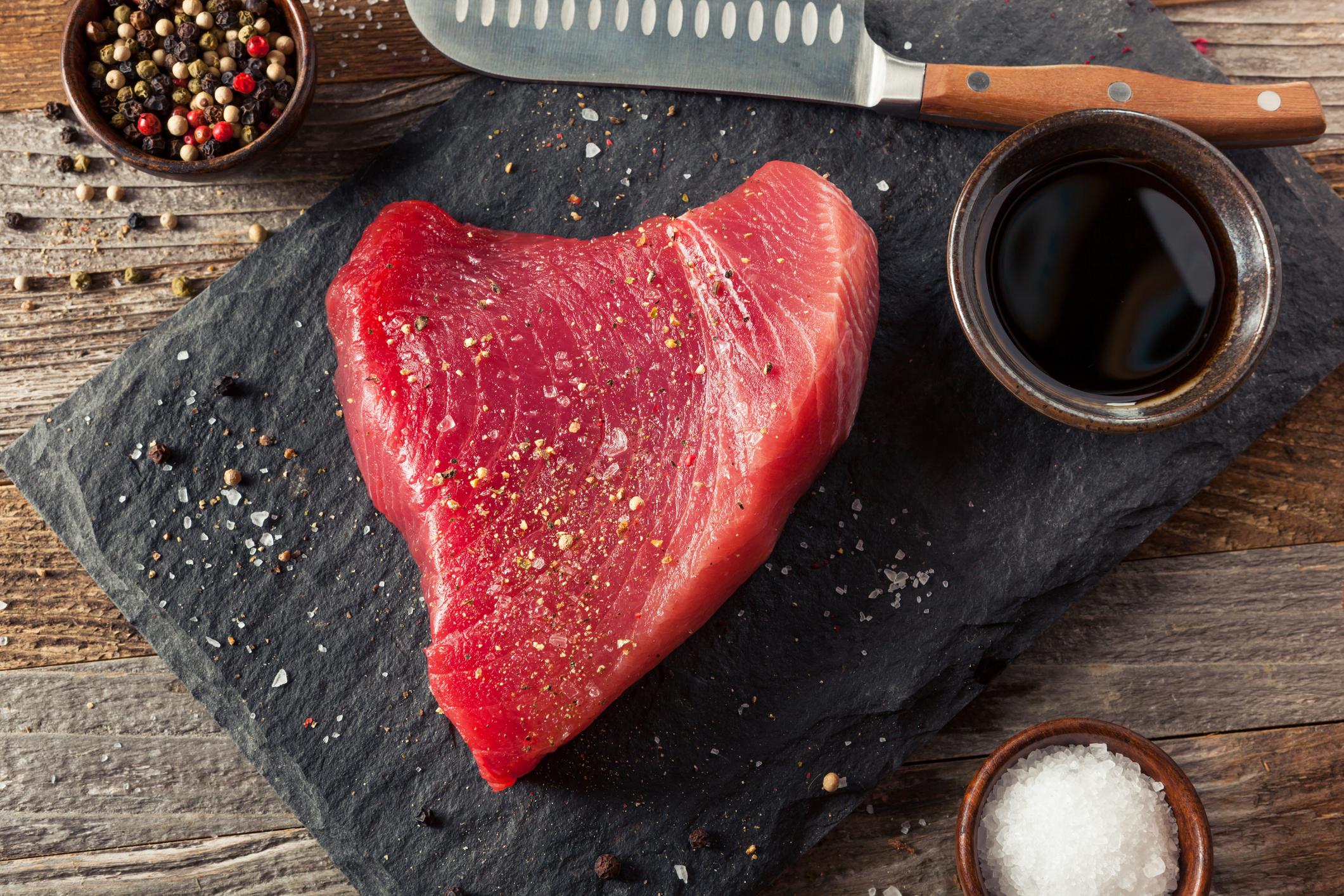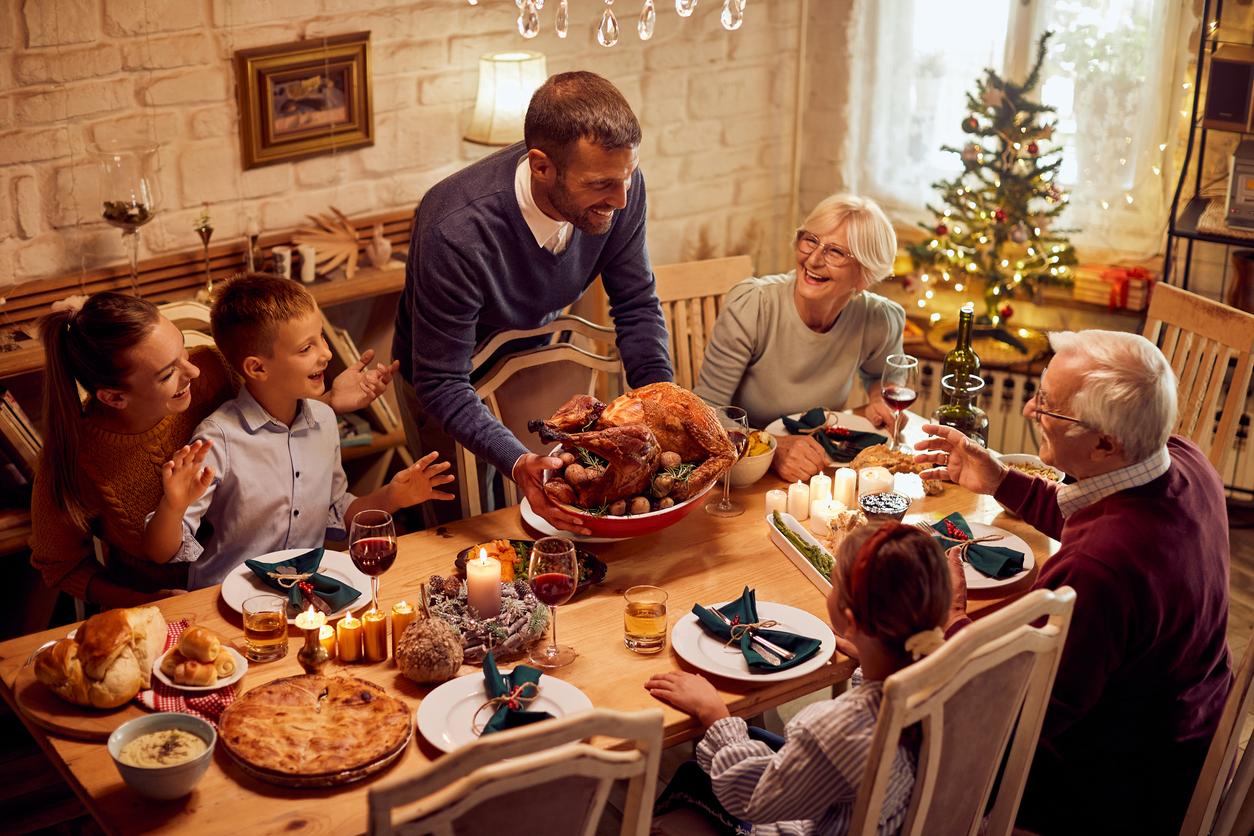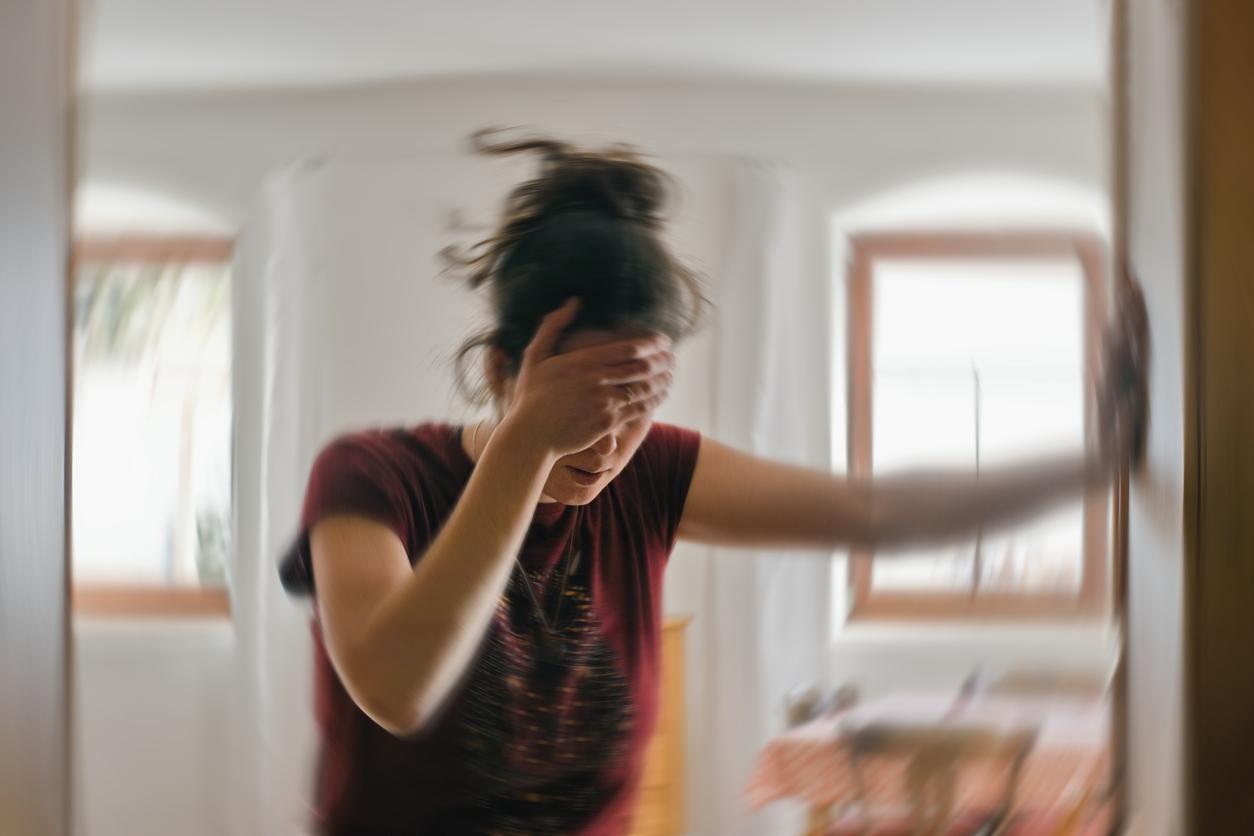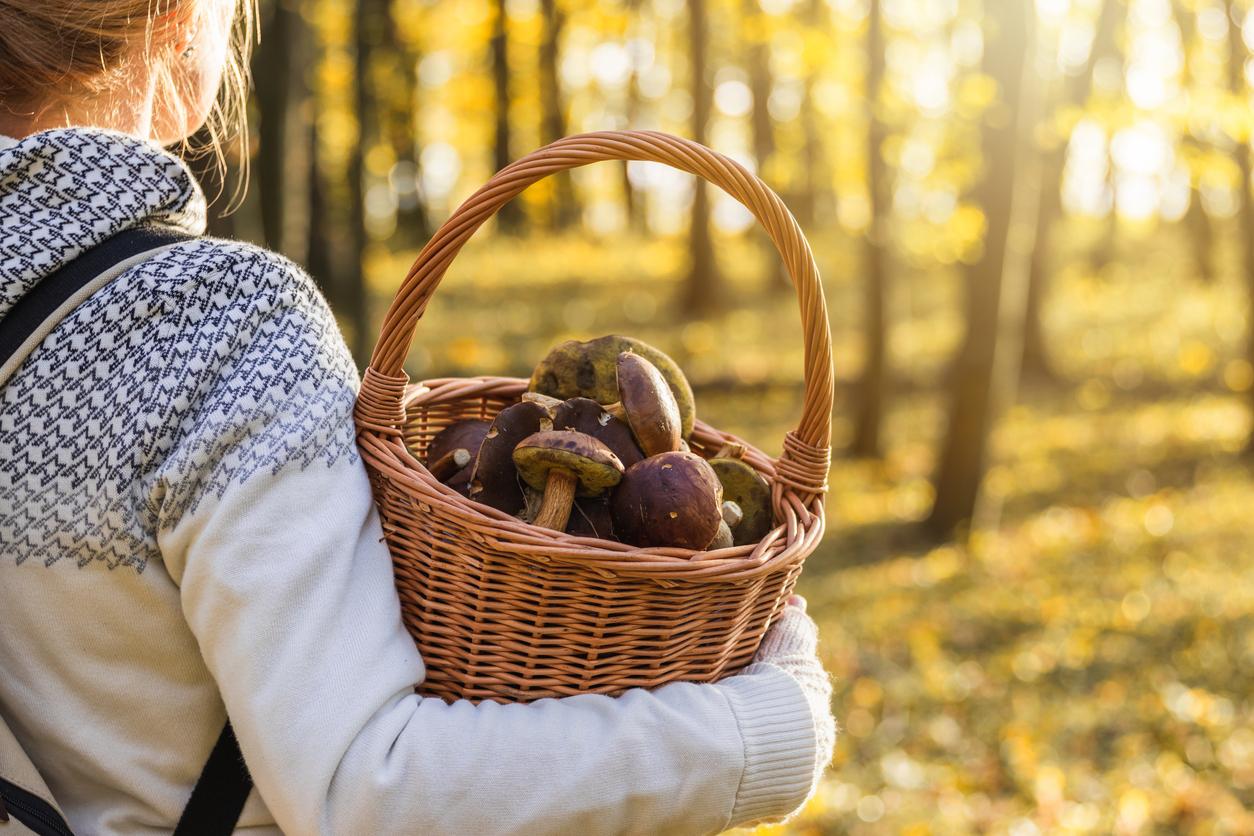Wet weather and lower temperatures: for the past two weeks, all the conditions have been met for mushrooms to grow in the undergrowth! But as it suffices to bend down to pick it up, this expansion leads to an increase poisoning. So, if de July to early October the poison centers recorded a number of cases ranging from 4 to 90 per week, this number has risen to 493 cases of poisoning in the past two weeks. In the majority of cases, the poisonous mushroom has been mistaken for another which is edible.
That is why ANSES and the Directorate General of Health recall that these poisonings can be serious (they can cause severe digestive disorders and liver damage which may require a transplant), even fatal.
Precautions to keep in mind
- Collect only mushrooms that you are very familiar with: some highly poisonous poisonous mushrooms are very similar to edible species.
- If there is the slightest doubt about the condition or identification of one of the mushrooms harvested, do not consume the harvest before having it checked by a specialist in the field. Pharmacists or mycology associations and societies in your area can be consulted
- Take all of the fungus (stem and cap) to allow identification.
- Separate the harvested mushrooms by species to avoid mixing pieces of poisonous mushrooms with edible mushrooms.
- Store mushrooms separately and in good condition in the refrigerator and consume them within two days at most after picking. Never eat them raw.
- Never offer picked mushrooms to young children
If you think about it, take a photo of your harvest. This will allow better identification for the pharmacist or doctor who can then prescribe the appropriate treatment. If one or more symptoms appear 10 or 12 hours after the mushroom consumption, call 15 or the poison control center immediately, as the poisonous person’s condition can worsen quickly.
Read also :
- Slimming: what if we dared to mushrooms for breakfast?
- Seniors: mushrooms good for the memory
- Shiitake, the mushroom champion

















